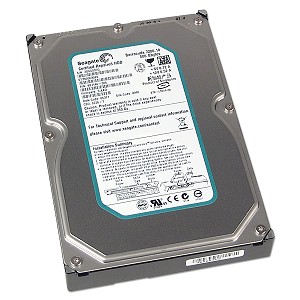
Looking closer at the circuit board we see a Marvell 88i9122 controller, a 32MB Samsung DDR memory chip, and a Texas Instruments motor driver.įor our synthetic tests we’ll be using IOMeter and CrystalDiskMark to see how well the Spinpoint F4EG and its three-platter design fare in terms of raw data crunching compared to the four-platter F3EG and Caviar Green, as well as the more handsomely spec’ed Seagate Barracuda Green. After lifting away the PCB a thin insulating piece is exposed which probably keeps some of the electronics from shorting on the metal body and acts as a vibration isolation pad. The EcoGreen F4 is very easy to take apart after removing five Torx screws that hold the circuit board in place. In newer designs with very power efficient parts this might not be a huge deal anymore. In some ways I kind of prefer the hidden look, as it can allow components to shed heat into the drive body instead of needing airflow across components to keep parts cool. The Samsung F4 EcoGreen is designed with the components soldered to the circuit board facing up, with most designs from Seagate and Western Digital doing the opposite.
#St2000dl004 hd204ui crystal diskmark manual
Looking in the Samsung F4EG installation manual it doesn’t look like those pins activate any particular modes, although they may be used for servicing the drive. The front of the drive has the industry standard SATA power and data connection, with four pins for various service modes. Samsung uses the same label design, which actually makes identification difficult if you are just picking a drive out by looks and not paying attention to the model number. The top cover design still makes use of a vibration dampening plate that covers the entire top, with a nicely contoured edge tracing the outline of the platter and head assembly inside. The Samsung Spinpoint F4EG looks pretty much identical compared to the F3EG before it. Temperature / Non-operating -40 ~ 70 ☌.

Acoustics – Idle 2.5/2.6 Bel, Performance Seek 2.8/2.9 Bel.Non-recoverable Read Error 1 sector in 10 15 bits.Data Transfer Rate / Buffer to/from Host(Max.) – 300MB/sec.Data Transfer Rate / Media to/from Buffer(Max.) – 250MB/sec.Additionally, the F4EG only sports 32MB of cache and a standard SATA II interface, while Seagate and Western Digital’s drives bump cache up to 64GB, and Seagate’s Barracuda runs on the newer SATA III. Like the F3EG, Western Digital’s Caviar Green is a four-platter drive (though transitioning to 3-platter), placing it at something of a disadvantage against Samsung’s drive and the three-platter Seagate Barracuda Green.

The increased platter density means less platters are needed to hit the 2TB target, giving the motor a reprieve and reducing power consumption and noise in the process.Ĭompeting with the F4EG in our testing is its predecessor, the F3EG, along with drives from Western Digital and Seagate.

That’s three platters with a stunning density of 667GB each, ratcheting the overall capacity of the F4EG to 2TB. While its predecessor, the F3EG, ran with four platters, the F4EG is able to get away with just three. So what does the F4EG bring to the table? The big gain is a reduction in the number of platters. Building on the success of the F3EG, Samsung historically has a good history of producing a quality hard drive with a very competitive price. In this review, we’re looking at Samsung’s updated green hard drive, the Spinpoint F4EG (EG for EcoGreen). Samsung is a brand that might not immediately come to mind for most users when they think of hard drives, but those in the know have likely been using them for a while.


 0 kommentar(er)
0 kommentar(er)
